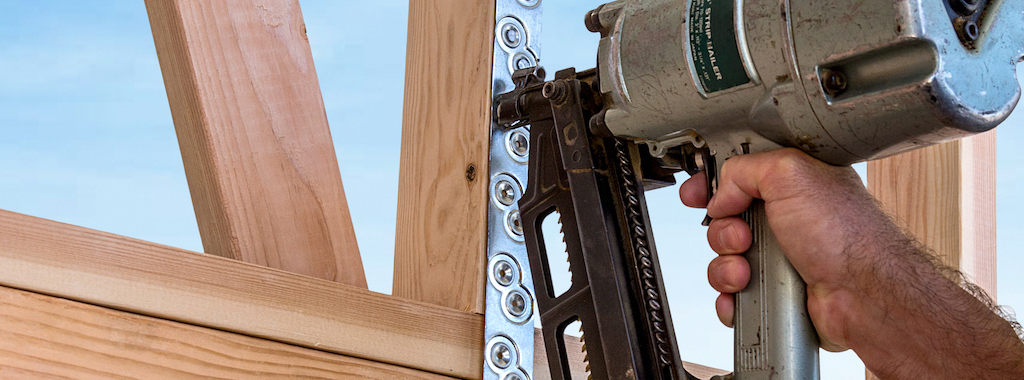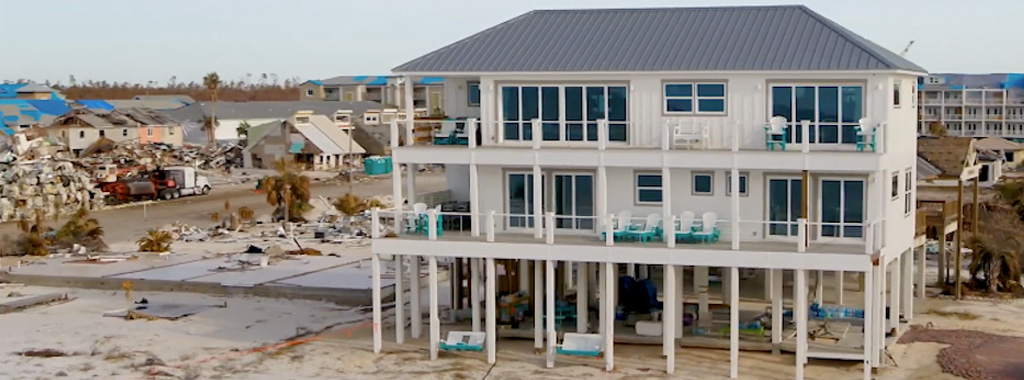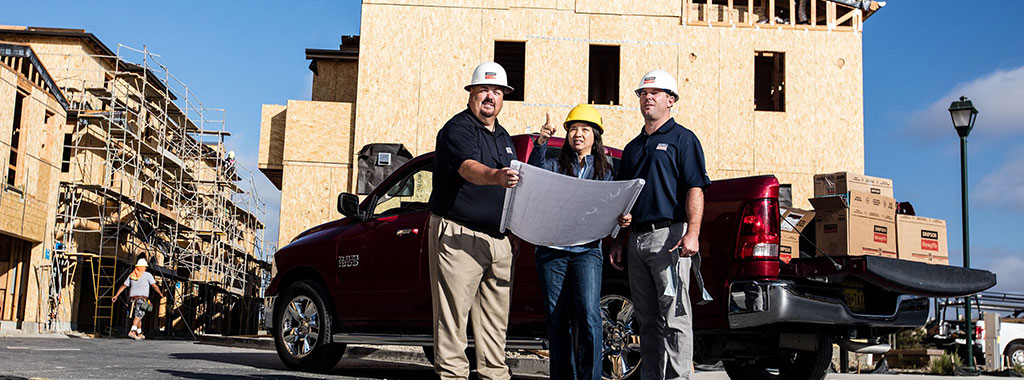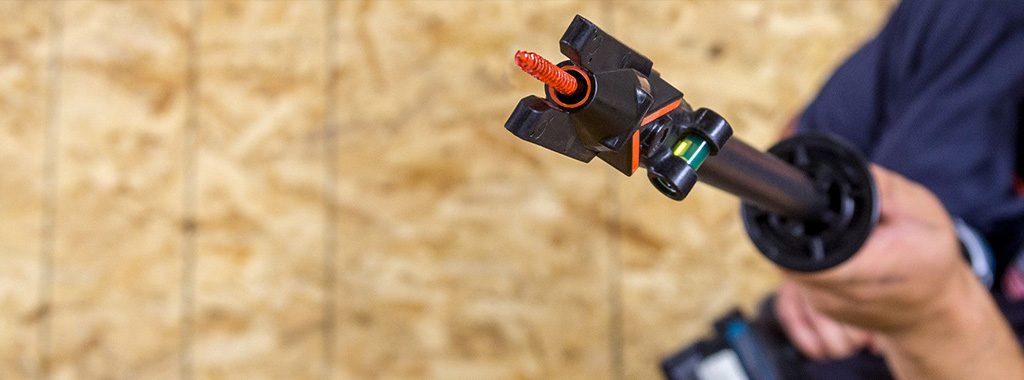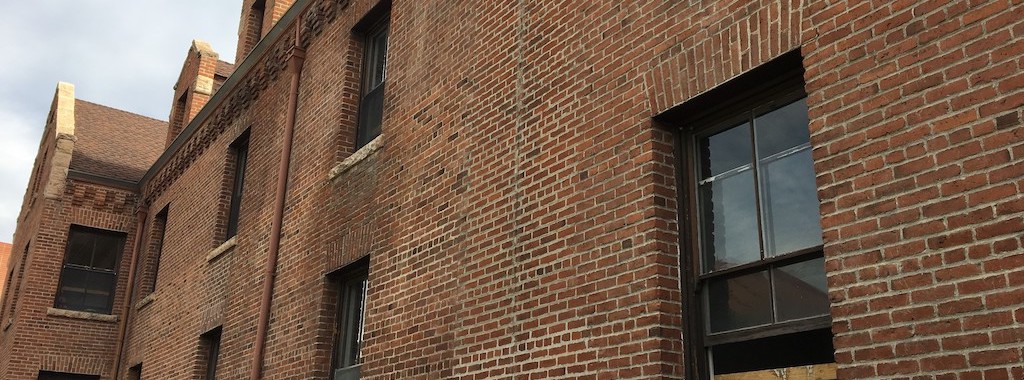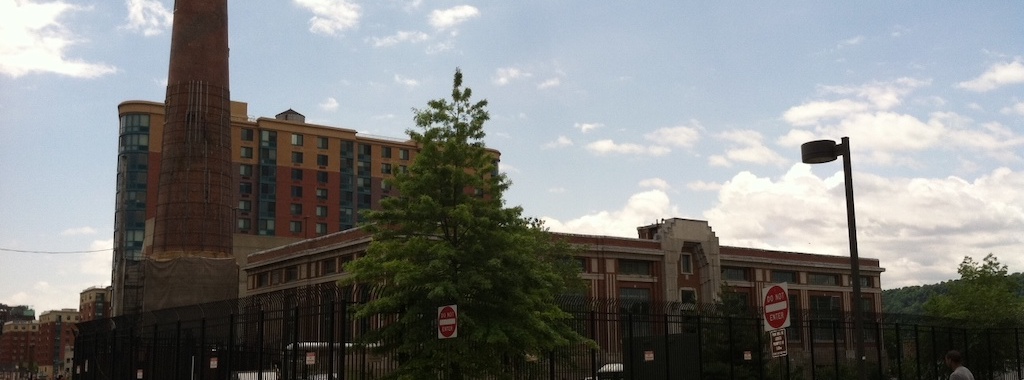This blog was co-written for the webinar by Curt Haselton, Ph.D., P.E., Founder and CEO Haselton Baker Risk Group and Jeff Ellis, P.E., S.E., SECB, Director of Codes and Compliance at Simpson Strong-Tie.
Continue Reading
Build Change: Easier, Never Simple
When I think about my time working with Build Change so far, the phrase that comes to mind is “Easier, never simple.”
When I started my fellowship, several limitations for seismically retrofitting homes in Colombia quickly became apparent. These included delays in approvals by the local municipality, as well as an innovative Evaluation and Retrofit Manual that was not always well understood by local officials. Staff who conducted field surveys had a long list of items to verify, many of which were not easy to identify, resulting in reduced efficiency. It was common for staff to go back and re-survey in order to complete a full analysis.
Continue Reading
Meeting Braced-Wall Requirements: A New Portal Frame Solution
In my job I get to travel a fair amount. Between trade shows, sales meetings and field research I think I’ve been to most parts of the country in the last few years. One of the things I hear a lot, particularly in areas governed by wind design, is that the last few revisions of the International Residential Code® (IRC®) impose stricter building requirements. As the product manager for our Strong-Wall® shearwalls, I listen with an ear for braced-wall requirements in these areas. There are quite a few different methods of construction called out in Chapter Six of the IRC, and I think I’ve seen them all used in both single-family and multi-family housing, sometimes with multiple types in one structure!
Questions Answered: CSHP High-Performance Coiled Strap
We recently hosted an interactive webinar in which our new high-performance coiled strap’s product manager, Thom Murphy, and I discussed how an innovative embossment is a game changer for coiled strap, making it easier and faster to install with a standard framing nailer. During the one-hour webinar, we reviewed the benefits of a continuous load path as well as key uses for coiled straps. We also related what was involved in the design and testing of the embossment. If you missed the conversation, you can still watch the on-demand webinar and earn PDH and CEU credits here.
Continue Reading
Choosing Resiliency: Lessons from Hurricane Michael
In this post, Doug Allen, P.E., a structural engineer with Simpson Strong-Tie, looks at the choice homeowners in disaster-prone areas face between simply building to code and building to standards of resilience or IBHS FORTIFIED Home™ standards instead.
Resilience, or resiliency: The capacity to recover quickly from difficulties; toughness. The ability of a substance or object to spring back into shape; elasticity.
In the wake of the most recent and very devastating hurricane seasons, the theme of structural resiliency has resurfaced with renewed urgency for increasing numbers of homeowners, builders, Designers and civic planners. Hurricanes pose a triple threat of high winds, substantial rain and storm surge. Extreme weather has cost the nation nearly $100 billion in damage during 2018. Accordingly, awareness has risen within affected and surrounding coastal regions regarding their communities’ existing structural resilience ratings (low or high) and the need to improve in view of the losses as well as the time and cost to rebuild what was destroyed.
Continue Reading
Code Report: Understanding Allowable Load Changes
The Simpson Strong-Tie® 2019–2020 Wood Construction Connectors catalog is the first in the industry with updated connector allowable load tables to meet the new ASTM test standards required by the 2015 and 2018 International Building Code® (IBC®). It is designed to assist engineers, architects, Designers and contractors in selecting the right products for improved performance, efficiency and productivity. This blog post provides in-depth background about how we re-evaluated our connectors to meet the new standards.
Continue Reading
Upgrade Your Coiled Strap: How an Innovative Embossment Takes Utility Straps to the Next Level
CS16 coiled straps. I can’t tell you how many thousands (maybe more) I specified during my time as a consulting engineer. Straps are used everywhere. They were then, and are now, a go-to solution for drag and uplift loads. I didn’t have to look them up in the catalog — I knew the allowable loads by heart.
Then one day at a jobsite, I saw a contractor installing them and thought, “Wow, that is labor intensive. His arm must be so tired!” Suddenly, I felt a little guilty for all of the straps I had personally specified on my projects. I thought there must be a better way. Fast-forward 10 years, and today I’m an R&D engineer for Simpson Strong-Tie, an industry leader that prides itself on offering products that improve construction, keep costs down and allow for a safer built environment. As fate would have it, straps fall into my area of responsibility. Now, thinking about what could be done to improve a flat, steel strap is part of my job. Specifiers use straps load rated based on a National Design Specification® (NDS®) nail calculation and an American Iron and Steel Institute (AISI) steel calculation. How could Simpson Strong-Tie make that better?
5 Ways the Quik Stik™ Tool Raises the Bar on Overhead Fastening
Our “Quik” line of tools now has jobsite efficiency covered from subfloor to drywall to rafters. The Quik Stik overhead assembly fastening system is our most recent innovation in a line of fastening systems that also includes the Quik Drive® PRO250G3 subfloor system and the Quik Drive PRODW drywall system. It provides contractors with a versatile solution that makes fastening rafter and truss connections faster and easier than ever. Here are five ways the Quik Stik raises the bar on overhead fastening.
Continue Reading
Case Study: Manzanita Hall
Manzanita Hall is one of three remaining buildings on the University of Nevada, Reno, campus that were constructed prior to 1900. Originally named the Girls’ Cottage, Manzanita Hall was built in 1896 and was used to house 97 women in double and single rooms. Architecturally, it a created a Victorian atmosphere and offered a spacious student lounge, complete with a grand piano and a spectacular view of Manzanita Lake.
Several years ago, the hall was deemed seismically inadequate, and the electrical, plumbing and HVAC systems were likewise found to be seriously outdated and insufficient for modern college life. These structural deficiencies necessitated its closure in 2015.
Case Study: North Yonkers Pump Station
Simpson Strong-Tie precured carbon laminate (FRP) system was used to strengthen unreinforced concrete masonry walls to meet New York City Department of Environmental Protection (NYC DEP) measures to minimize the impact of the next superstorm on critical infrastructure.




